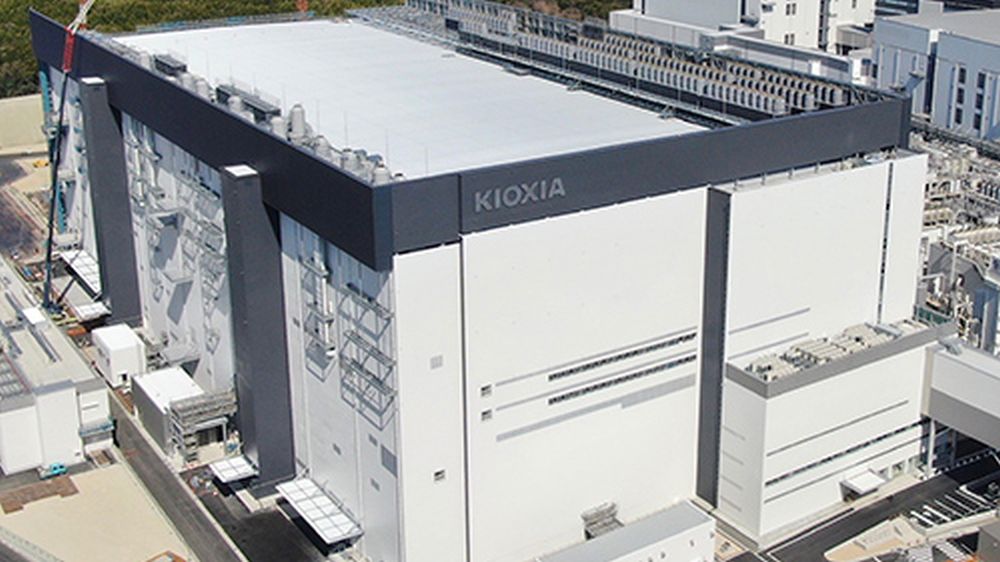SSD rival to Samsung reveals road to petabyte SSDs at major engineering conference — Kioxia wants 1000-layer NAND in 3 years and discusses HeLC, molybdenum, 100Gb/mm2 densities
Forecast is ambitious, but plausible

At the recent International Memory Workshop (IMW 2024) in Seoul, South Korea, Kioxia discussed the technology and challenges of increasing the storage density of 3D NAND flash memory.
Kioxia predicts that by 2027, storage density will reach 100Gbit/mm2 with 1,000 word line stacks.
Reporting on Kioxia’s keynote, PC Watch notes that a storage density of 100Gbit/mm2 would mean a silicon die of 64 square millimeters could hold 6.4 Tbit (approximately 800 GB). A package with eight such dies would offer 6,400GB, and flash storage with four packages would provide 25.6TB. If sold as a 20TB SSD in 2028, it could cost between $250 and $350, making it competitive with 20TB HDD prices.
Using molybdenum
Kioxia’s forecast of reaching 1,000 layers by 2027 is ambitious but plausible, considering historical trends. However, forming channel holes that penetrate the stacked word lines becomes increasingly difficult as layers increase.
Advanced etching techniques like low-temperature RIE (Reactive Ion Etching) are necessary to manage the high aspect ratio of these deep holes. Additionally, channel resistance and signal noise increase with depth, prompting a potential shift from polycrystalline to single-crystal silicon using MILC (Metal Induced Lateral Crystallization) technology. This switch could double the cell current, improving performance.
Increasing the number of word line stacks does not necessarily improve storage density due to the “staircase” area used for vertical electrodes. Innovations like combining vertical electrodes and switching from TLC (3 bits/cell) to QLC (4 bits/cell) can boost storage density. Density can also be greatly increased by promoting multilevel processing such as PLC (5 bits/cell), HLC (6 bits/cell), and HeLC (8 bits/cell).
Increasing word line stacks raises delay times due to resistance and capacitance. Reducing stacking pitch and changing the word line metal material from tungsten to molybdenum may mitigate these issues.
Are you a pro? Subscribe to our newsletter
Sign up to the TechRadar Pro newsletter to get all the top news, opinion, features and guidance your business needs to succeed!
While the storage density of 3D NAND flash memory has historically improved steadily, Kioxia, and rivals like Samsung, are very aware that future advancements will require new technologies and innovations to maintain this pace and hit the dream goal of petabyte SSDs.
More from TechRadar Pro
- These are the best SSDs you can buy right now
- 2PB SSD storage in your computer? Why not
- Here’s the chip that could make 100TB SSDs mainstream in 2024

Wayne Williams is a freelancer writing news for TechRadar Pro. He has been writing about computers, technology, and the web for 30 years. In that time he wrote for most of the UK’s PC magazines, and launched, edited and published a number of them too.